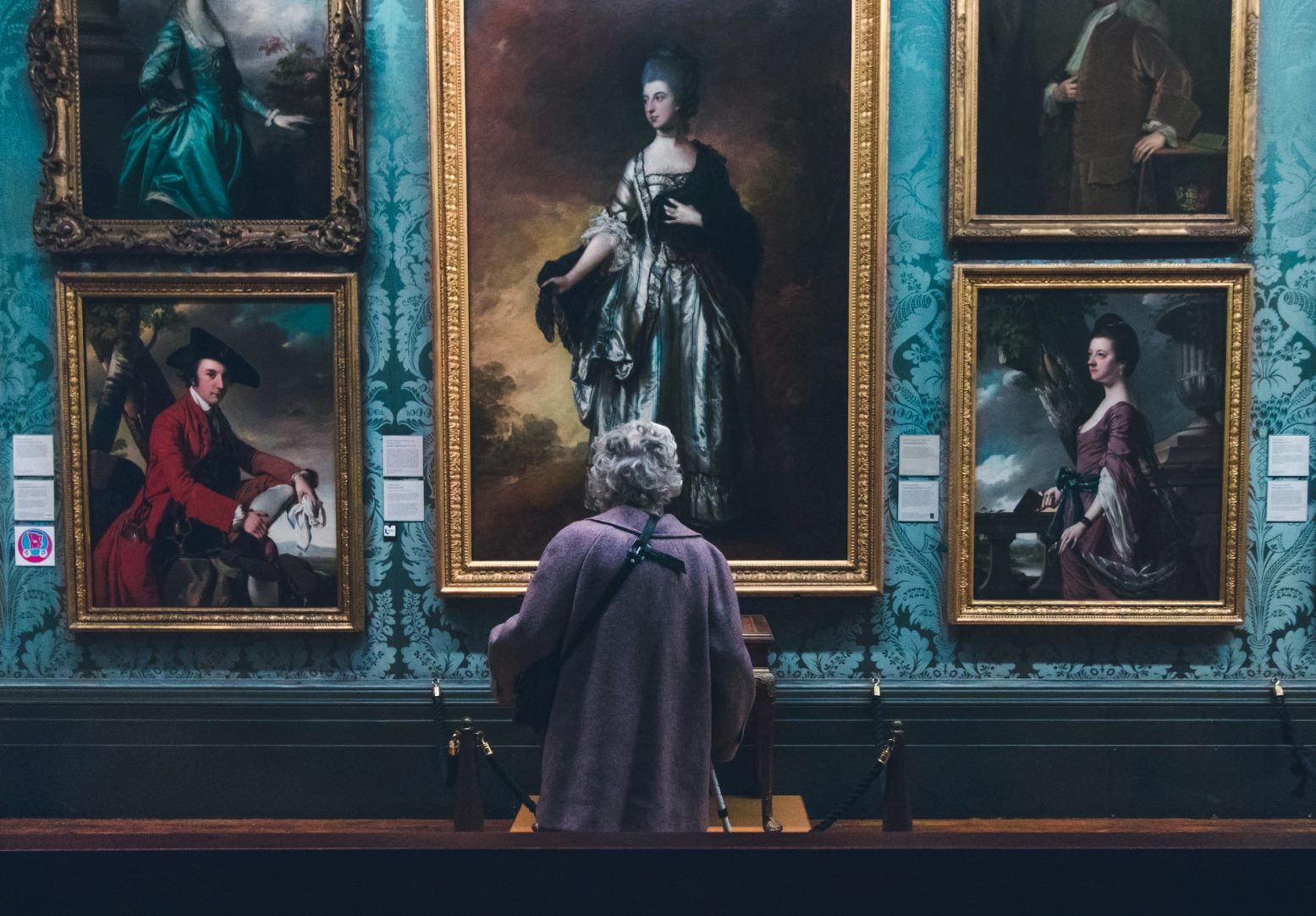Why Is Art Important? 5 Fundamental Purposes of Art

The questions, “What is art?” and “Why is it important?” seem to have the same degree of uncertainty and controversy as the question, “What is the meaning of life?” At a glance, these matters are unsolvable because you have to deal with subjectivity to resolve them. Despite the added complexity, however, we can discern reasons why we value this or that thing without objectively understanding its whole nature. So, why is art important? Let’s look at its five fundamental purposes that define its true significance.
Why is art important?
1. Language of aesthetics
Every person is an innate artist, meaning that everyone has a unique artistic taste and sense of beauty. Art allows us to appreciate aesthetics and make it part of our existence.
2. Cornerstone of culture
Art is an integral part of each existing culture. Every nation reveals its identity either through visual practices or performance art. This is what makes every country unique.
3. Healing effect
When people try to answer the question, “Why is art important?” they usually ignore the fact that it can heal — in different ways. As entertainment, it brings joy to your heart; as a type of meditation, it relieves your stress and connects you to your consciousness.
4. Medical use
Art is widely used in psychotherapy — it is called art therapy. Through creative acts, psychotherapists and clinical psychologists can help people explore their emotions, boost their self-esteem, and develop some social skills.
5. Part of human development
In the very end, art is in our nature. People are creators from the very beginning. Being creative and developing your imagination are normal processes that every child and adult should stimulate.
Hopefully, this information will help you answer the probing question, “Why is art important?” or, at least, lead to a deeper analysis. Remember that art is not only a matter of personal belief but also a set of statements made by the entire community.
